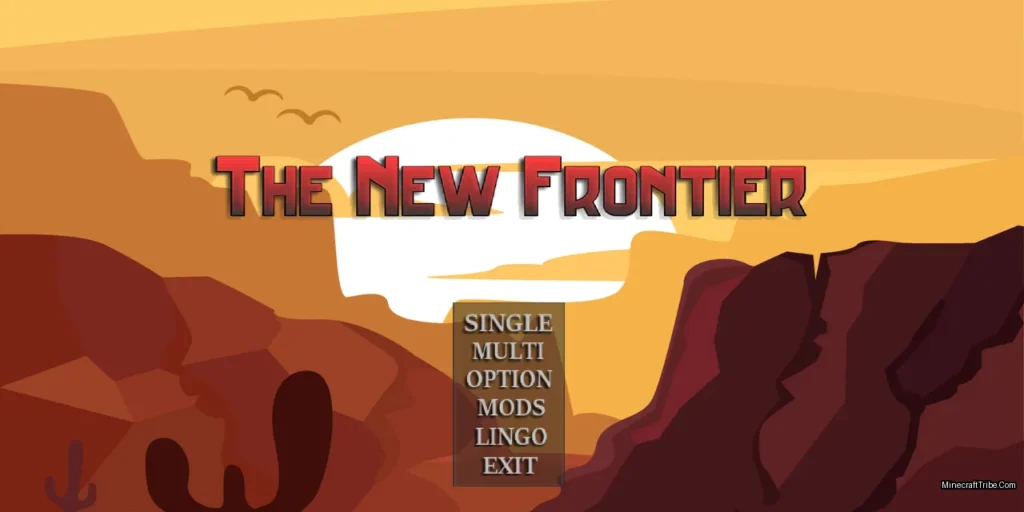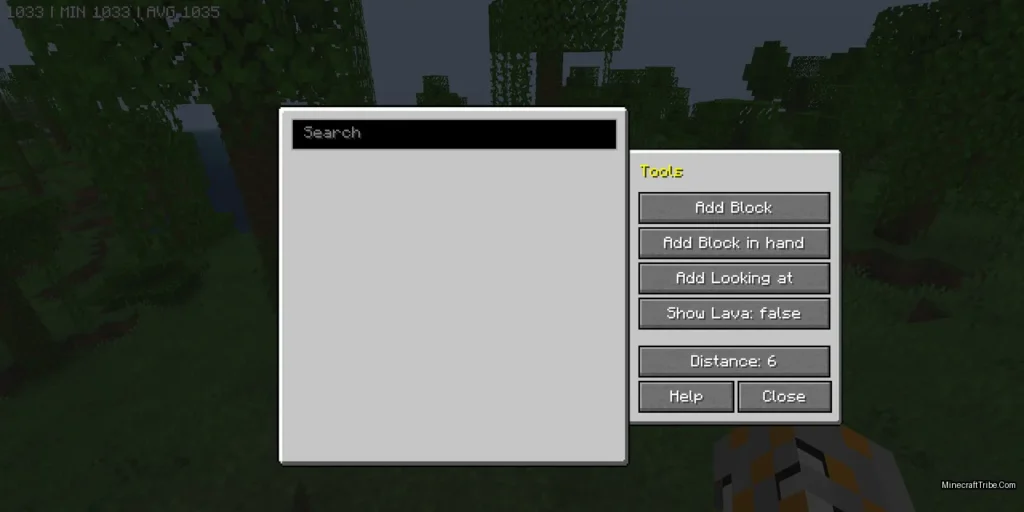I’ve never studied architecture. I’ve never drawn a floor plan or thought seriously about how buildings stand up. In fact, before Minecraft, the only thing I ever “built” was maybe a Lego set—and even that came with instructions. But something unexpected happened when I started playing Minecraft. Somewhere between digging dirt blocks and crafting wooden planks, I started to see buildings differently. I started to imagine more. And slowly, Minecraft awakened a part of me I didn’t know existed: an instinct for architectural creativity.
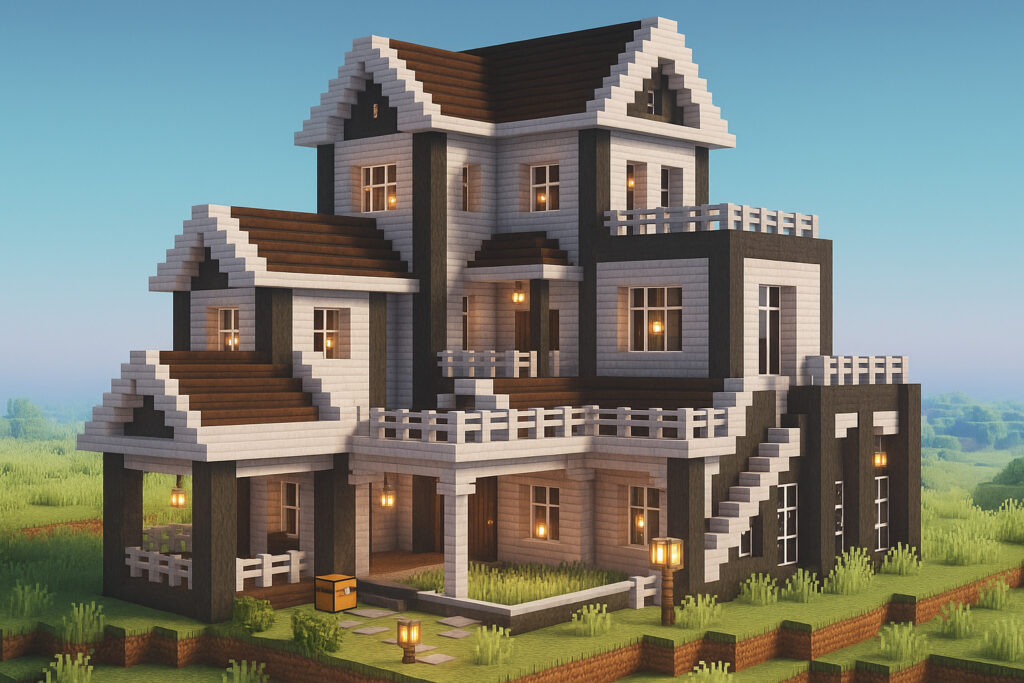
The First Shelter Was Just Survival
Like most players, I began my journey in Minecraft trying not to die. My first house was an ugly box—a mix of cobblestone and dirt with a single torch inside. It had no windows, no symmetry, and certainly no style. But it kept me safe, and that was enough.
Or so I thought.
Something about that box nagged at me. It was functional, yes, but it didn’t feel like home. I began reshaping it: adding windows, replacing the dirt with wood, trying out a sloped roof instead of a flat one. Before I knew it, I wasn’t just surviving—I was designing.
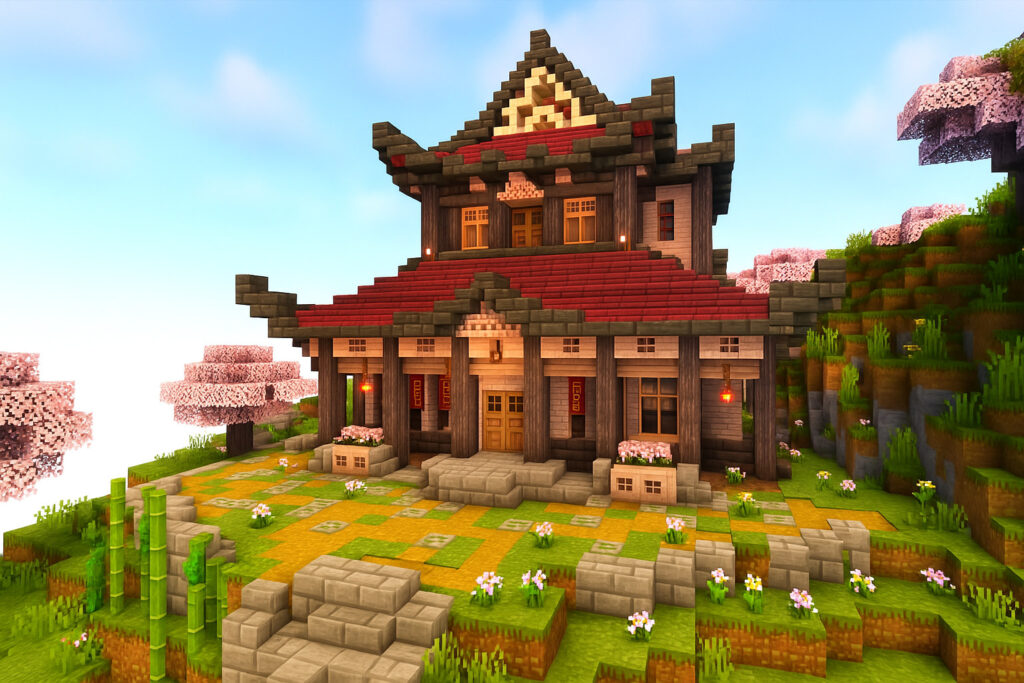
Learning by Building, Failing, and Rebuilding
Minecraft doesn’t teach you how to build like an architect. There are no tutorials on proportions or balance. But that’s the beauty of it: every block placed is a mini lesson. When a structure looked wrong, I didn’t need a teacher to correct me—I could feel it.
Why did that tower feel too heavy at the top? Why did the roof look awkward with that overhang? These small design questions led me to notice real-world patterns. I started paying attention to buildings in my neighborhood, in travel photos, in documentaries. I began to reverse-engineer them in-game: classical facades, Japanese pagodas, Nordic cabins.
And for the first time, I realized something important: building is a language. Minecraft gave me the grammar, and my imagination started writing.
Block by Block, Discovering Style
At some point, I stopped copying what I saw and began developing a sense of style. I discovered I liked warm materials—oak, brick, lanterns. I preferred cozy medieval villages over futuristic skyscrapers. My towns began to follow a theme. Roads aligned. Public squares emerged. I built wells, lamp posts, and community gardens, not because they were useful, but because they made the space feel alive.
I even began sketching out plans on paper first. Floor layouts. Sightlines. Roof layering. Minecraft had turned into a sketchbook that responded instantly. Build. Break. Try again. Iterate.
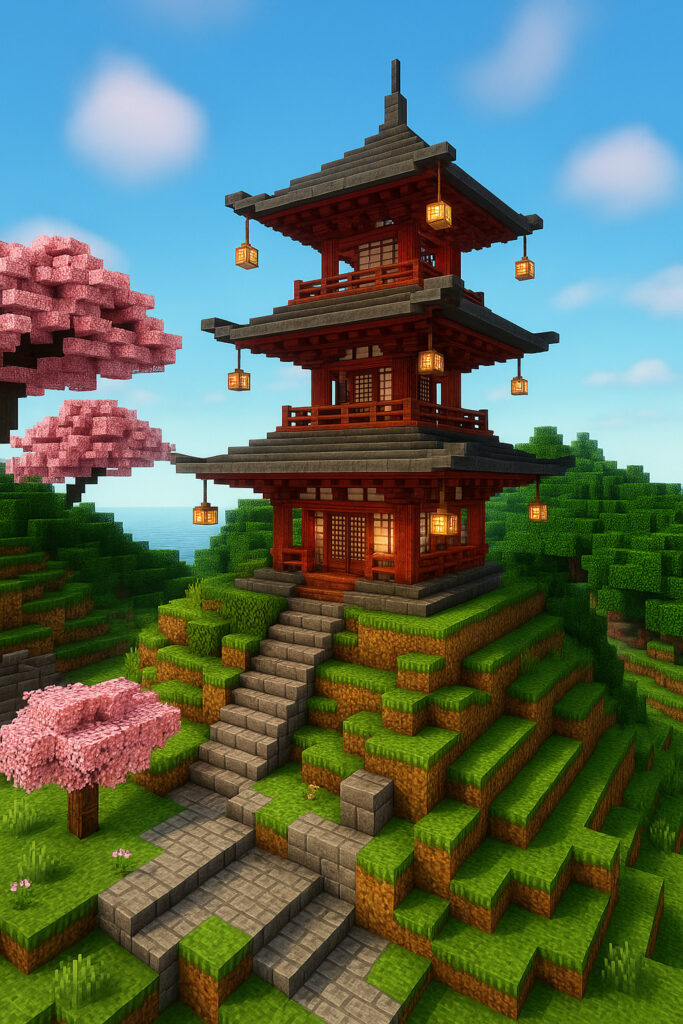
Real-World Impact: Seeing Differently
The most surprising part of this journey was how it changed the way I look at the real world. I now notice things I’d never cared about before: the trim around windows, the way light hits a certain roof at sunset, how public benches are placed for both utility and aesthetics.
Walking through a city has become a visual treasure hunt. I see design everywhere. And even though I’m not a professional, Minecraft has given me a lens through which architecture feels approachable and personal. It has made the built world speak to me.
The Architecture of Imagination
I won’t pretend that Minecraft made me an architect. But it taught me to care about space, structure, and story. It gave me the confidence to create without fear of failure, and the curiosity to keep learning. In many ways, it connected me to something deeply human: the desire to shape our environment with intention.
In Minecraft, you’re not limited by budget, permits, or physics. Your only limits are your patience and your imagination. And sometimes, that’s all it takes to discover a part of yourself you never knew existed.
Final Thoughts
So no – I’m not designing real buildings. But every time I open a Minecraft world, I’m building something real: ideas, vision, creativity. And maybe, just maybe, that’s where every architect begins.
Minecraft didn’t make me an architect.
But it reminded me that anyone can build a world worth living in.

